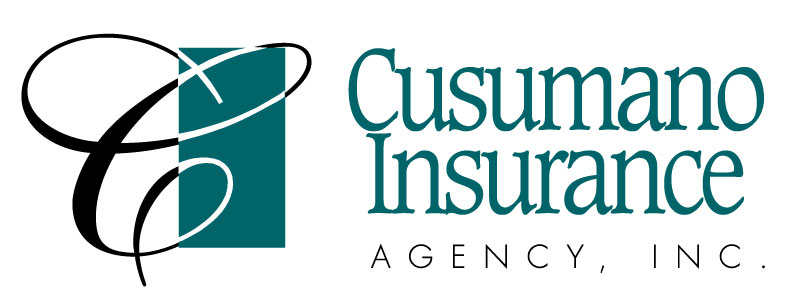
Medicare health benefits seem confusing to many people, so it is important to learn what is available and what to expect before you have to sign up.
You have three months before you turn 65, the month you turn and three months after you are 65 to decide how extensive are the Medicare benefits you would like to have. The options are:
- Original Medicare, which is fee-for-service coverage traditionally provided by the government;
- Supplemental insurance (also known as Medigap) that works alongside Original Medicare; or
- Medicare Advantage plans.
You must sign up during this seven-month window to avoid being hit with lifetime penalties. Even if you are in an employer plan, there are steps you will need to take so you don’t get dinged.
Original Medicare
The majority of beneficiaries have Original Medicare coverage (Medicare Parts A and B). It gives them the option to visit nearly any physician or hospital throughout the United States.
As long as a provider accepts Medicare coverage, services at that location will be covered as outlined in the terms of Original Medicare.
Original Medicare covers most medically necessary services and supplies in hospitals, doctors’ offices and other health care settings. Original Medicare doesn’t cover some benefits like eye exams, most dental care, and routine examas. You can also sign up for Part D, which helps cover drug costs.
People who want the Medicare Part D prescription drug benefit must choose an option that will work with Medicare benefits. If a person prefers to keep Original Medicare, it is best to select a drug plan that is a stand-alone policy offering strictly drug coverage.
Medigap
Many of the people who sign up for Original Medicare purchase supplemental coverage to fill the gaps where Medicare is deficient.
Medigap, also known as Medicare Supplement insurance, is essentially extra health coverage that you buy from a private company to pay health care costs not covered by Original Medicare, such as copayments, deductibles, and health care if you travel outside the U.S.
Advantage
Medicare Advantage is an “all in one” alternative to Original Medicare. If you join a Medicare Advantage plan, you’ll still have Medicare but you’ll get most of your Part A and Part B coverage from your Advantage plan, not Original Medicare.
These “bundled” plans include Part A, Part B and usually Part D. With Medicare Advantage plans, beneficiaries are usually required to obtain drug coverage as part of the package.
Plans may have lower out-of- pocket costs than Original Medicare. Most plans offer extra benefits that Original Medicare doesn’t cover — like some vision, hearing, dental, and routine exams. Plans can now cover more of these benefits.
In many cases, you’ll need to use doctors who are in the plan’s network.
There are a number of plan types, including:
- Preferred provider organization
- Health maintenance organization
- Medicare medical savings account
- Point of service
- Private fee-for-service
- Special needs
- Provider-sponsored organization.
If you have employer-based coverage
People who already have coverage from a current employer, former employer or union at the time they become eligible for Medicare can automatically change their plans into Medicare Advantage plans.
At the time of Medicare eligibility, insured individuals will still need to sign up for Medicare. They will have the option to choose Original Medicare, stay with their existing plan or select another type of plan.
If a person chooses to switch to another type of Advantage plan or Original Medicare, the union or employer sponsoring existing coverage could reduce benefits or terminate coverage at that time.
They can also change or cancel dependents’ health benefits. Before switching any employer-sponsored plan, talk to us to see what to expect and what options are available.
